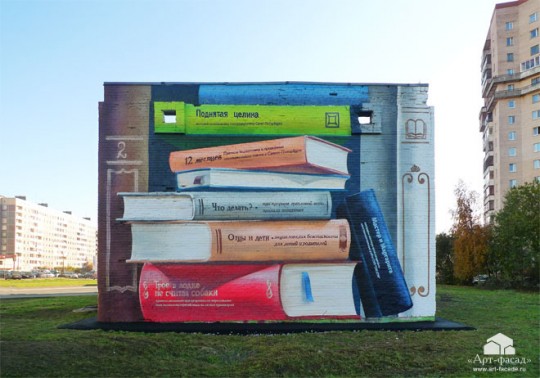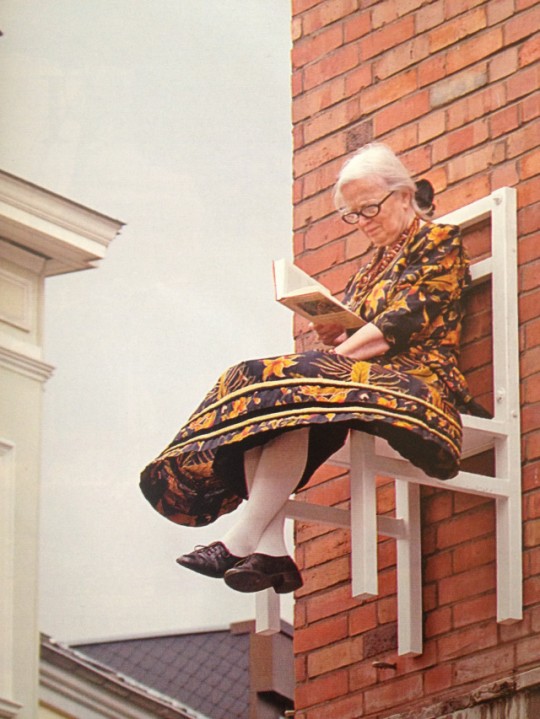Future of the Campus in a Digital World — from campusmatters.net by Michael Haggans | November 2014
Excerpts from PDF (emphasis DSC):
In the digitally driven future of higher education, three-dimensional classroom spaces still will be needed. They won’t be used in the traditional manner and they won’t be the traditional kind. They will be bigger, flatter, faster and there will need to be fewer classrooms for the same number of students.
Classes that meet on campus will need additional area per student to accommodate interactive configurations, such as those allowing group work in the flow of the traditional class period. Typically these will be flat floors allowing easy configuration changes. At the same time, these rooms must be faster, with access to robust bandwidth.
Both physical and administrative adaptations will be required. While there will be more floor area per student when in class, the number of classroom hours per degree will drop, and all the while the expectation for digital transmission capability will continue to rise. To justify the required investment, institutions will have to rethink the administration of classroom scheduling to maximize effectiveness for students and faculty, and to achieve increased utilization. These are not new or easily managed issues for higher education. The accelerating move to online instruction will expose existing weaknesses of current systems and the benefits of more strategic investments and scheduling.
…
Digital Visible
From an institutional perspective, many of the implications of digital transformation are difficult to see, lost in a thicket of business issues presenting themselves with increasing urgency. Moreover, the changes induced by digital transformation are difficult to address through traditional facilities development and capital funding processes. These transformations are not about the need for a single new – or better – building, a campus student recreation center or teaching laboratory.
This is about adjusting the performance of the whole campus to support a digitally transformed pedagogy and academic community.
…
Libraries have never been about books. They have always been about access to and use of information.
…
Make campus matter
With so much of higher education available in digital and largely asynchronous forms, the justification for a campus must derive from something more than “we have always done it this way.” Even at the most traditional institutions “on-campus time per degree” will decrease. This change in convention will make the support of increasingly limited face-to-face time of
strategic value, rather than an assumed byproduct of traditional campus life.










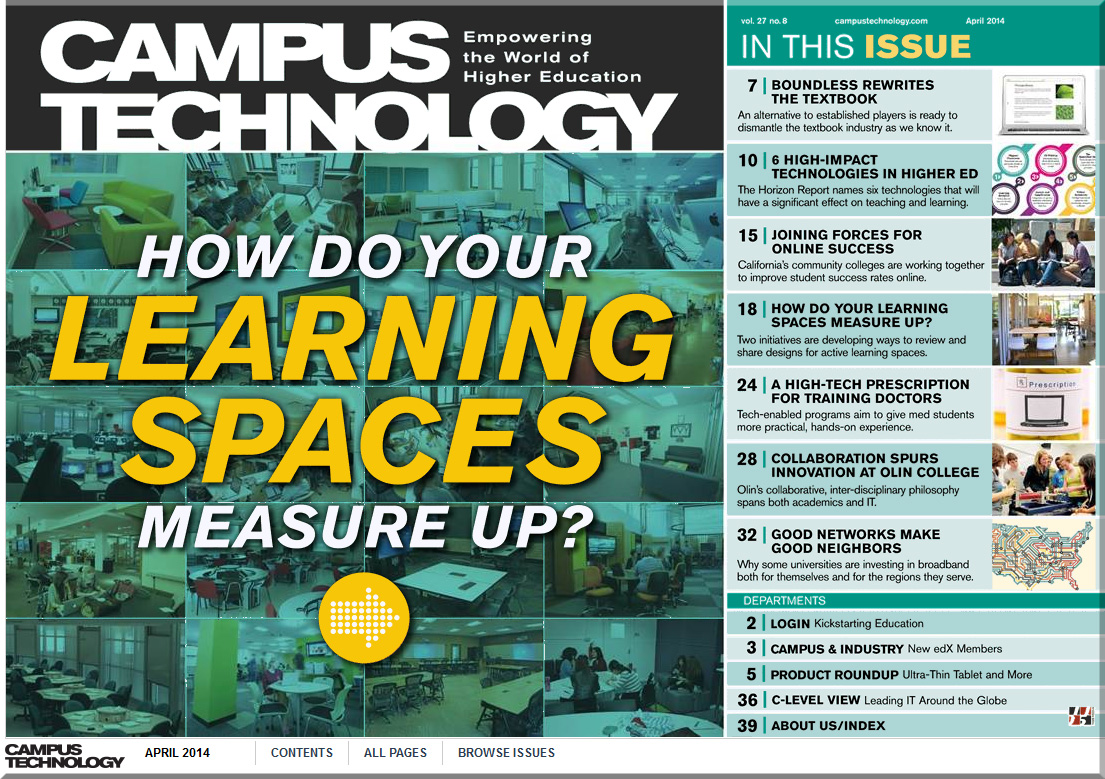
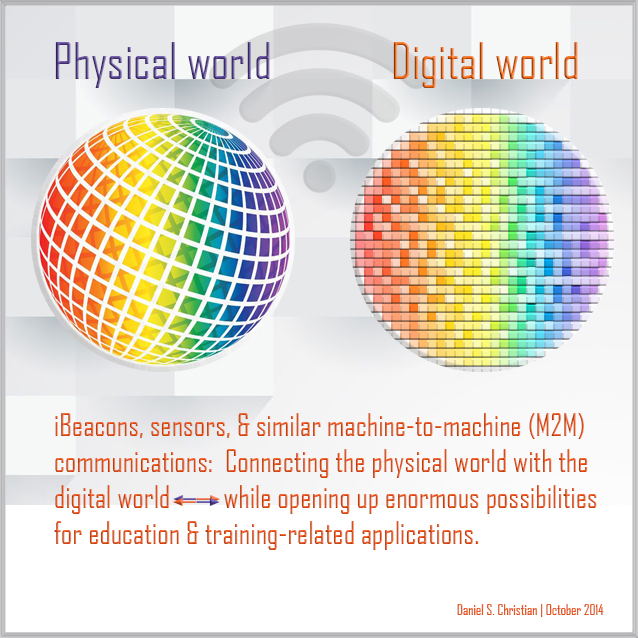
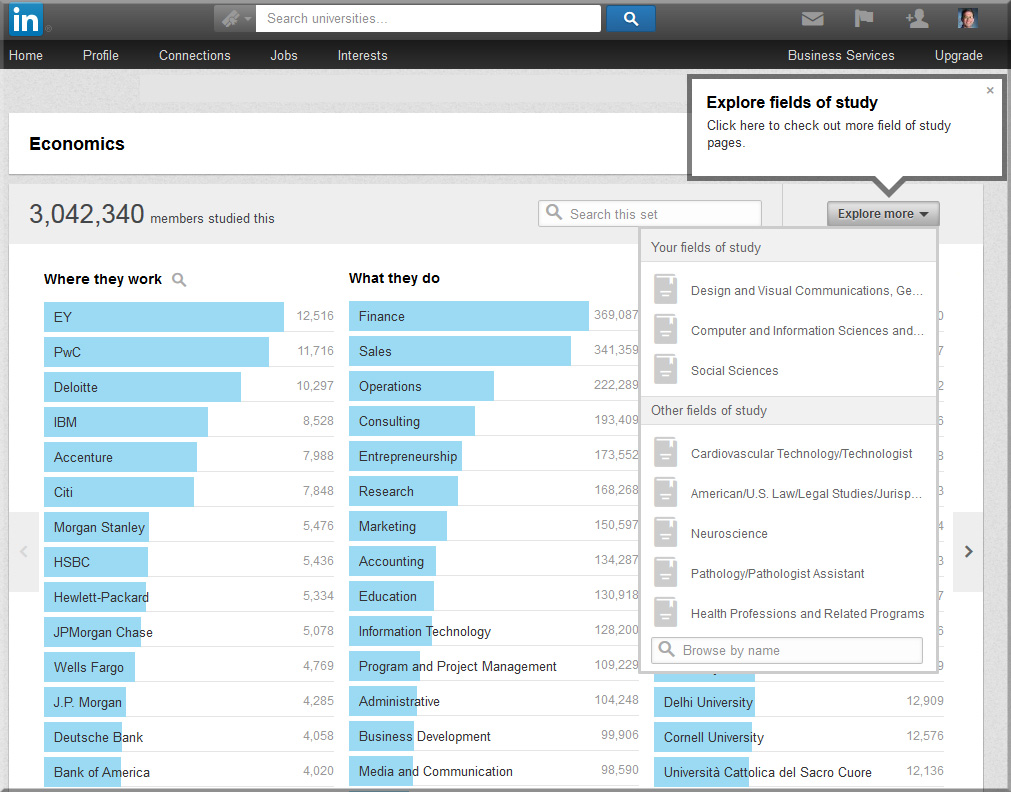
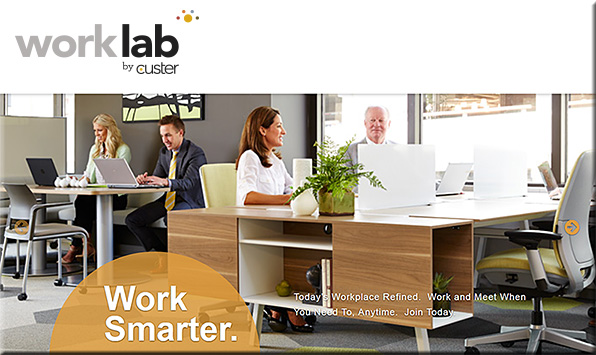
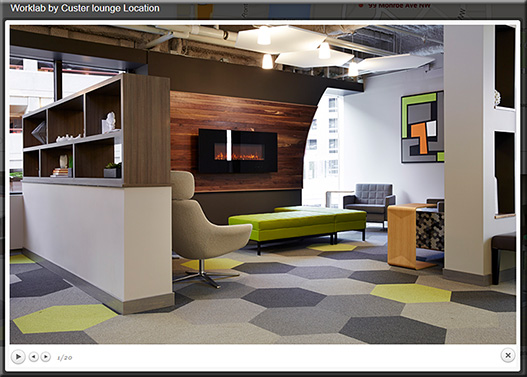
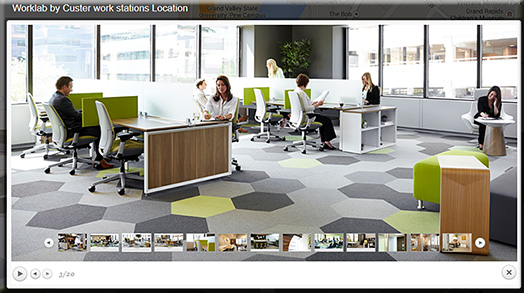



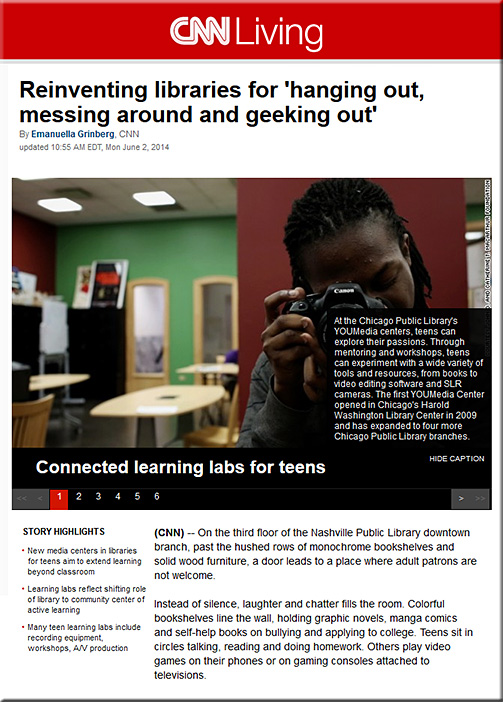
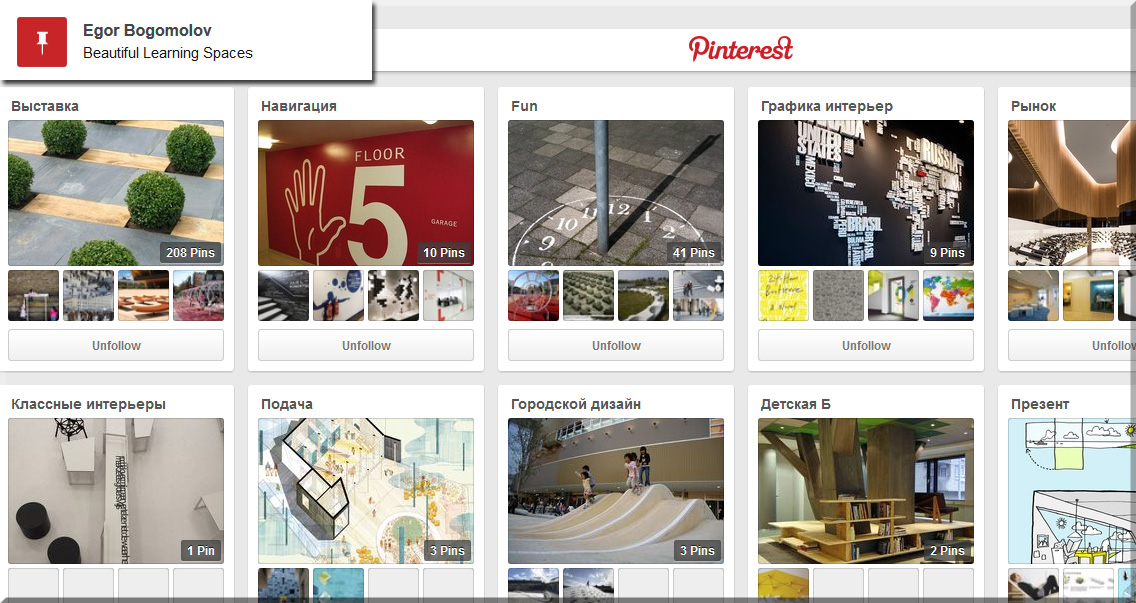
![The Living [Class] Room -- by Daniel Christian -- July 2012 -- a second device used in conjunction with a Smart/Connected TV](http://danielschristian.com/learning-ecosystems/wp-content/uploads/2012/07/The-Living-Class-Room-Daniel-S-Christian-July-2012.jpg)

